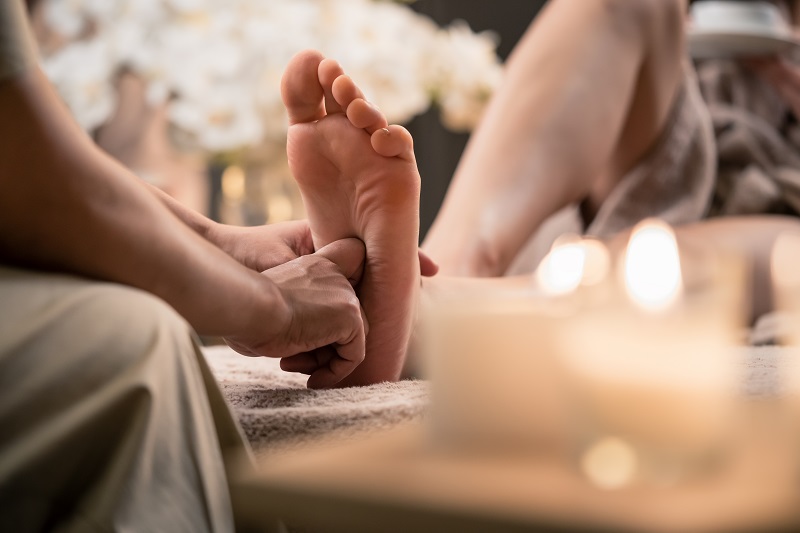Reflexology involves applying pressure on specific points found on your feet (and
sometimes your hands and ears). These points are believed to correspond with
different organs and body parts massage kl. It’s said that when these reflex points are
stimulated, they can help balance and harmonize the entire body.

based on the theory that all parts of the body are connected. It’s also based on the
theory that stimulating certain reflex points can treat various ailments Urban Bliss Wellness Putrajaya. Some of
these include stress related issues, heel spurs, digestive problems, headaches, sinus
problems, depression, menstrual issues and even cancer treatment symptoms.
Reflexologists use foot reflexology charts to determine which pressure point is
connected to a particular part of the body. They also look at the foot’s overall
structure and health when determining which areas to press.
There are many different types of reflexology charts. Some are more detailed than
others. The foot reflexology chart depictions of the spleen and gall bladder, for
example, are different from the heart’s reflexology point. These differing depictions
can confuse people, so it’s important for reflexologists to understand how each chart
is interpreted and used.

Foot reflexology is a type of massage that applies pressure to the different points on
your feet. During a foot reflexology session, a therapist may use the thumb or the
heel of the hand to apply pressure to the different areas. The therapist also focuses
on the foot’s calluses, nails and toes.
While some people dismiss reflexology because it doesn’t have much scientific
evidence, there is some anecdotal evidence that shows foot reflexology can relieve
stress, improve circulation and promote relaxation. It can also help reduce pain,
such as from arthritis.
During a reflexology session, the practitioner will gently press and massage your
feet and sometimes the hands or ears as well. It’s not to be confused with a
massage, which focuses on soft tissue rather than the reflexology points. Some
reflexologists also use a hand or an ear reflexology chart to help them determine
which pressure points to target.
Reflexology isn’t a substitute for medical care. It should be a complement to your
existing treatment plan. Several studies have shown that reflexology may be
effective in helping reduce stress and anxiety, enhancing sleep quality and reducing
pain associated with cancer treatment.
Reflexology may also help reduce the side effects of chemotherapy, such as nausea
and vomiting. However, more research is needed in order to confirm the
effectiveness of this complementary therapy. It may also be useful in treating
conditions such as urinary tract infections, indigestion and respiratory disorders.
